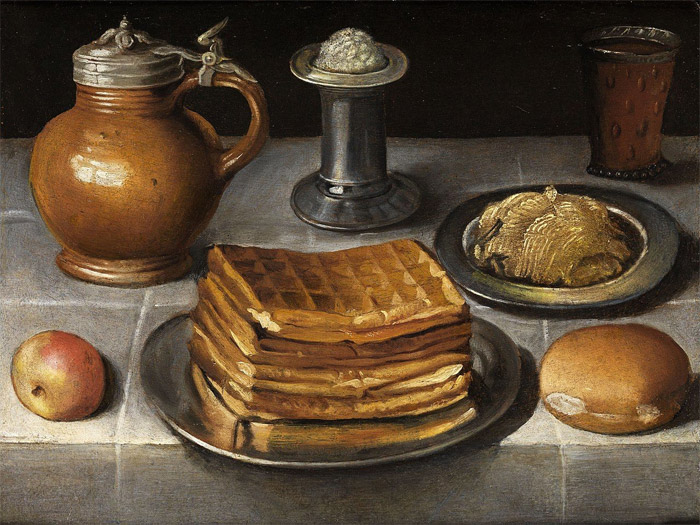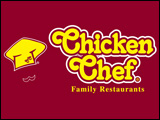The very first waffle is said to be made by a tired medieval knight. Sitting down with his chainmail armour he did not notice the oatcake below him until later. At Mennonite Heritage Village (MHV) we believe that the true origin of the waffle probably comes from the forge of a blacksmith who wanted a new pattern for his ironwork. Today, waffles are a common staple in most households in the Western world.
Kitchen devices that have only one use are often gimmicky and rather silly, like the tabletop s’mores makers that Amazon is pushing as the hot appliance of the year. (Who eats that many s’mores?) But I’d put up a fight if someone tried to take my waffle maker. Sure, it takes up half a kitchen cabinet, but it’s the rare kitchen appliance whose essential function can’t be replaced by some MacGyver-like creativity. To me, waffles are the perfect food. They’re easy to make, not too sweet, and extremely versatile. Perhaps that’s why, from medieval Europe to now, people have made room for a waffle iron in their kitchens.
~ Anne Ewbank, Gastro Obscura
In MHV’s Chortitz housebarn you will find a waffle-maker built in the kitchen counter with the recipe engraved in the iron. There is barely any counter space left for other work which tells us how valuable the waffle was to some Mennonite families.
The original Dutch word wafel means ‘honeycomb’ and refers to the design of the irons and the shapes they produced in the batter. When the Dutch introduced them to the American colonies, “Waffle Frolics” became all the rage by the 1800s. The making of waffles was so significant that it would instigate large gatherings. Today that passion remains as waffles still bring families together for a shared breakfast. No cereal or oatmeal could ever do that. So, get your family together and come enjoy MHV waffles during our major events days this summer!




